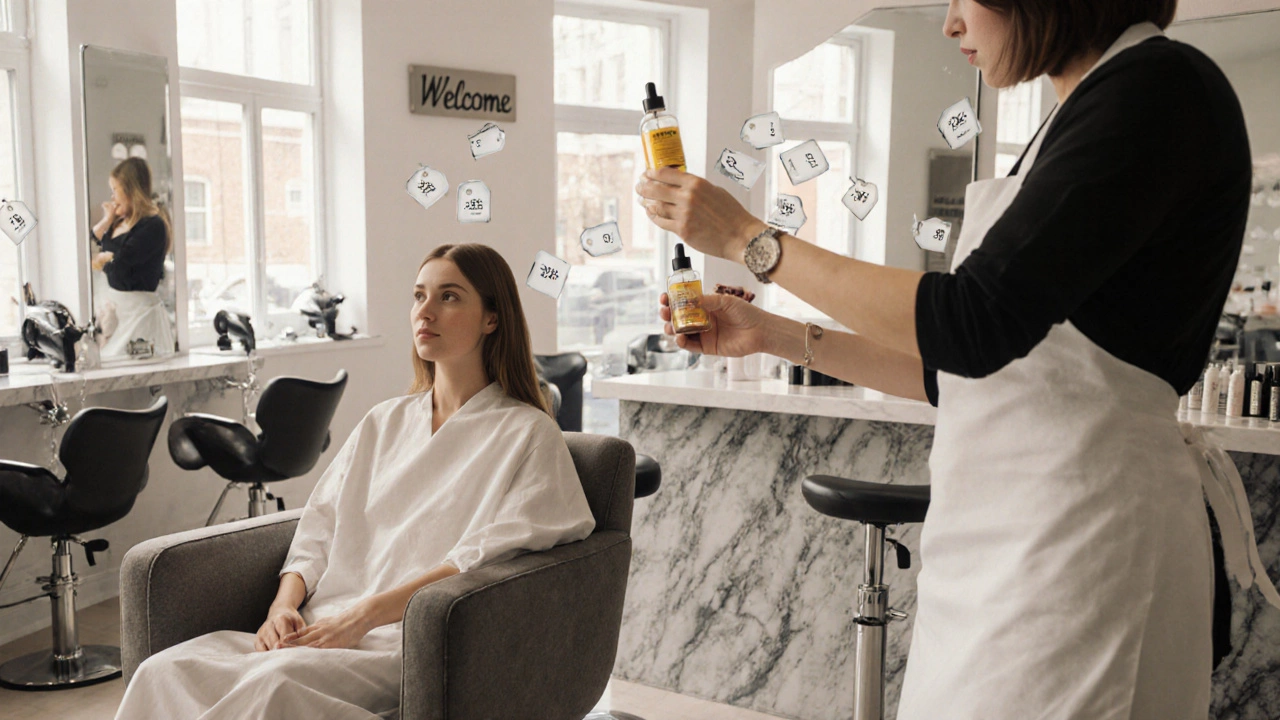Salon Risks: Safety, Costs, and What to Watch For
When you think about Salon Risks, the health, safety, and financial dangers that can pop up in a beauty salon setting. Also known as beauty salon hazards, it covers everything from chemical exposure to overpriced treatments. Understanding Salon Pricing, how services like facials, haircuts, and colour are priced is a key part of spotting hidden risks. At the same time, Safety Standards, the hygiene and equipment rules that salons must follow dictate whether a visit will be safe or a gamble. Finally, Professional Licensing, the official credentials that stylists and therapists need determines if the staff are qualified to handle chemicals, lasers or invasive procedures. Putting these pieces together helps you decide if a salon is worth the trust and your money.
Why Safety Standards Matter More Than You Think
Most people assume a clean-looking salon means low risk, but the truth is deeper. A salon that follows strict Safety Standards will sterilise tools, use approved chemicals, and keep ventilation up to code – all of which cut down on skin irritation, infections, and allergic reactions. If a salon skips these steps, you could end up with a breakout, a chemical burn, or even a longer‑term skin issue that costs more to treat later. Safety also ties directly to the training that comes with proper Professional Licensing. Licensed technicians are taught how to mix dyes safely, operate laser devices correctly, and recognise when a client needs a medical referral. Ignoring licensing requirements is like skipping the safety manual; the risk of botched outcomes rises sharply.
Another hidden danger sits in the pricing structure. When a salon advertises ultra‑low rates for a facial or a haircut, it often masks cost‑cutting on hygiene supplies or rushed appointments. On the flip side, a high price tag doesn’t always guarantee safety – it could simply reflect a trendy location or brand premium. By breaking down Salon Pricing into product cost, staff expertise, and overhead, you can see whether you’re paying for quality or just a markup. For example, a facial that includes a certified esthetician, premium serums, and a post‑treatment follow‑up is likely to be pricier but also less risky in terms of skin reactions.
Financial risk is another angle of Salon Risks. Unexpected fees, hidden add‑ons, or unclear refund policies can leave you feeling ripped off. Knowing the typical range for services – like a UK facial costing between £40‑£80 – lets you spot outliers. If a salon charges double without explaining why, that could be a red flag for poor value or hidden products that might irritate your skin. Similarly, some salons bundle risky treatments (like chemical peels) with cheaper services, which can push you into a procedure you’re not ready for.
So how do you protect yourself? Start by checking the salon’s licensing board status – most UK regions let you verify a practitioner’s credentials online. Then, ask about their sterilisation protocol: How often are tools disinfected? Do they use disposable supplies for high‑risk procedures? Next, compare pricing with industry averages; a big gap either way should prompt questions. Finally, read reviews that mention skin reactions, allergic responses, or unsatisfactory outcomes – these real‑world accounts often highlight safety lapses that the salon’s marketing won’t mention.
All of these factors – safety standards, licensing, and pricing – intersect to shape the overall risk profile of a salon. By treating them as a connected system rather than isolated check‑boxes, you’ll make smarter choices that keep your skin healthy and your wallet intact. Below you’ll find a curated selection of articles that dig deeper into each of these areas, from detailed cost breakdowns to the science behind anti‑aging drinks that can complement safe salon visits. Dive in to arm yourself with the knowledge you need before you book your next appointment.

